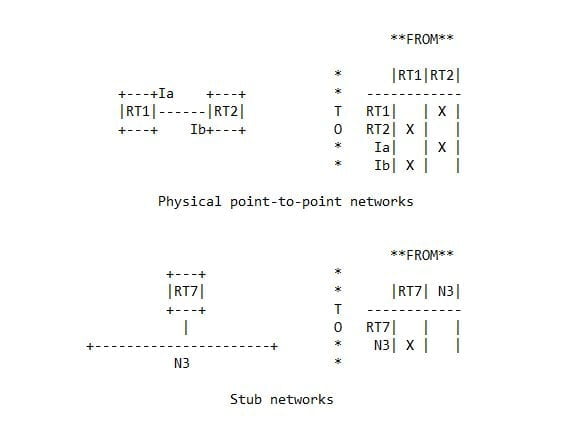What are Routers, Interfaces, and their Physical ports?
Computer networks are designed based on the OSI model.
The OSI model has 7 layers
out of which three are the physical layer, the data link layer, and the network layer, which usually refers to hardware layers, or where physical devices+software are deployed.
The other 4 layers encompass Transport, Session, Presentation, and Application layers, mainly software, but may also use physical appliances like load balancers and firewalls.
The Transport layer is the most critical layer.
Routers belong to the network layer, which deals with the routing of traffic between two networks.
No routers No internet
There are different routers like SOHO, more powerful internet backbone routers, and wireless routers.
In cloud environments, the routing involves vpc, software router
Essential Router functions are given below
- Interpret Ip addressing.
- Determine the best path for data to travel between two networks(OSPF, and BGP are example protocols used)
- Filter and block broadcast transmissions.
- Diagnose problems and trigger alarms.
A router contains ports, physical connections are made to ports, Interfaces are assigned to the ports, and interfaces are usually the FastEthernet and Wan interfaces, FastEthernet interface connects the router to other LAN networks, WAN interface connects to other routers.
The console port is for Administrative access usually blue color.
Fast Ethernet ports are LAN ports.
Auxillary port for remote management, however over time period more ports are added or the names changed with the type of manufacturer or type of network.
Here below a video to understand routers
Also please check “Basics of TCP/IP Packet“
